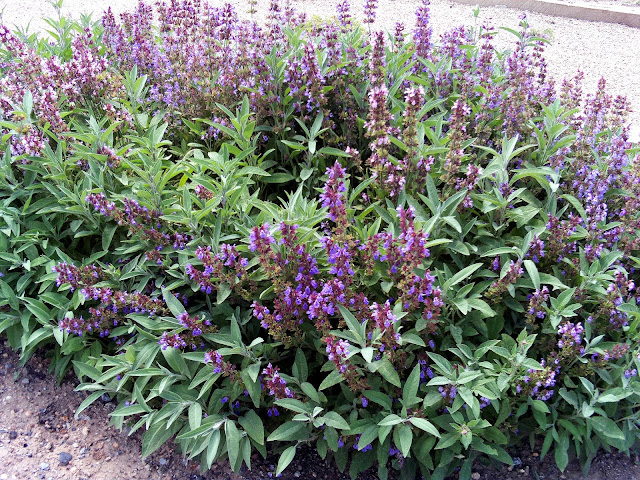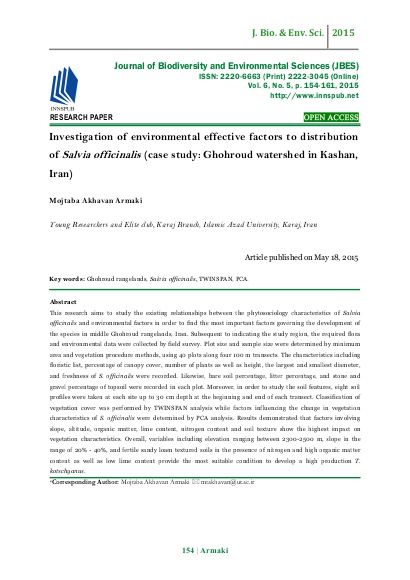- Fathma Aliah Dimapinto1, Olga M. Nuñeza1*, Reagan Joseph T. Villanueva2
- Department of Biological Sciences, Mindanao State University – Iligan Institute of Technology, Iligan City, 9200, Philippines
- Forestal Healing Homes and Therapeutic Milieu, Forestal Road, Cabantian, Davao City, 8000 Philippines
Odonata (dragonfly and damselfly) plays an important role in the
ecosystem. It is considered an indicator group in determining fluvial
habitat status. Fieldwork in selected areas in Lanao del Sur was
conducted to determine the Odonata fauna present in the area. Adult
Odonata samples were collected using sweep netting and hand-picking
methods from four sampling sites. Biodiversity indices, similarity index,
and canonical correspondence analysis were determined using
Paleontological Statistics Software Package (PAST) version 2.17c.
Twenty-one species (10 damselflies and 11 dragonflies) were documented
with relatively low endemism of 42.86%.
High relative abundance of
37.28% was observed in site 4. Sites 1 and 3 were observed to have high
species diversity while sites 2 and 4 had moderate species diversity.
There was a more or less even species distribution in the areas sampled. The dominance of Pseudagrion pilidorsum pilidorsum was recorded in Marawi
City. Canonical correspondence analysis showed that environmental
factors such as elevation, air temperature, and relative humidity affect
the abundance of species. It appears that human-induced activities limit
the occurrence and abundance of the Odonata, especially the endemic
species. This article originally published at: Volume 6, Number 5, May 2015 – JBES





























